Before we look at the performance of the GeForce RTX 2080 (Ti) in today's games, we also need to make one thing very clear: there are no real-time ray tracing games yet that could somehow serve as a resilient benchmark! In fact, Windows 10 doesn't even support this functionality. We quote Nvidia in this regard:
"DirectX Ray Tracing and Windows ML will be available to customers as part of the upcoming Windows update on 10 May. October 2018".
However, we have access to a demo of the Final Fantasy XV Windows Edition with DLSS support. The details of the information are a bit scant, apart from a hint that DLSS now allows Turing-based GPUs to use half of the number of input samples directly for rendering. The tensor cores of the Turing architecture then populate the rest to create a final image.
Nvidia told us that the demo runs with 4K and maximum graphics quality, no matter what, but doesn't offer a way to see for yourself what the detail settings include. The HUD only displays the resolution: 3840×2160, Graphic: Custom and a score that increases with the execution of the demo. We have to be satisfied with that, even if it is very little.
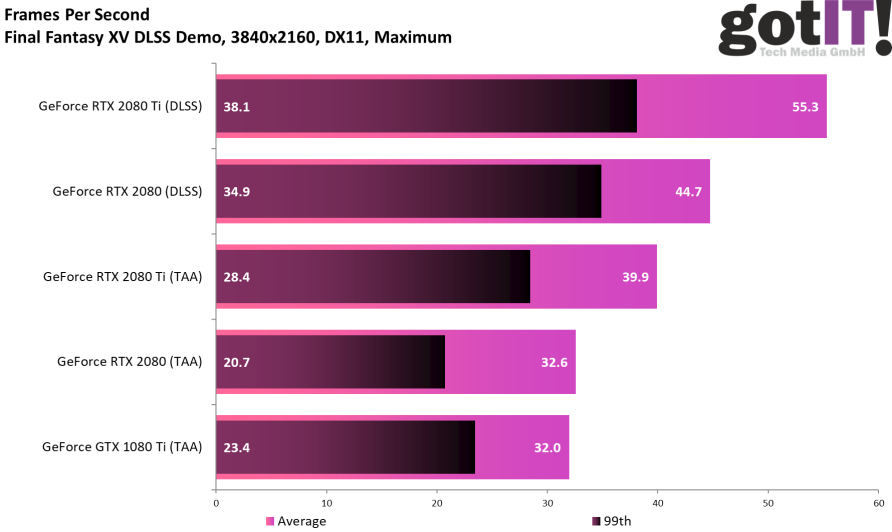
The following gallery shows once again the exact overview of the histories for FPS and perczntile, as well as the frametimes in direct comparison (interpolated to the same length of the timeline using our interpreter software)
The following three galleries show the frametimes. Variances and the incorruptible Unevenness index for each card:
The performance in the demo is definitely improved by DLSS. The GeForce RTX 2080 Ti achieves a 39% improvement on active DLSS compared to using TAA at 4K. The GeForce RTX 2080 is 37% faster when DLSS is enabled. Otherwise, it would only be about as fast as a GeForce GTX 1080 Ti if both cards relied on TAA to reduce aliasing artifacts.
Until DLSS has really proven itself in practice, I expect that more skeptical players might suspect that input samples could simply be removed to save the rendering budget, only to be simply replenished via the AI. First of all, the following pictures offer a pretty good comparison between DLSS and TAA. However, I would recommend the full screen view:
In the following clip you can make two observations. First, Noct's structured shirt is influenced by ribbons/glitter due to the DLSS. In the TAA version, his chest does not show the same effects. Second, when Noct throws his fishing rod, there is a distinct ghost artifact that actively stops on the screen with TAA, while DLSS avoids this error. Ergo: neither solution is perfect. It is recommended to watch the clip in 4K if possible. (Thanks to Chris Angelini for this video!)
Of course, I like that DLSS can dramatically increase the performance results of RTX cards (a GeForce RTX 2080 Ti with DLSS is no less than 73% faster than a GeForce GTX 1080 Ti with TAA). But could the DLSS implementation of Final Fantasy improve over time? According to Nvidia, the dlSS model is trained on a dataset that eventually reaches a point where the quality of the derived results flattens.
So, in a way, the DLSS model is already mature. But the company's supercomputing cluster is constantly training with new data on new games, so improvements in the end are likely to be only a matter of time. If there are areas that reveal a problem of any kind, the DLSS model can be re-examined and optimized. This may include providing additional "correct" data for training.
In the end, it was quite good to get a DLSS-enabled demo in your fingers, which you can try yourself. If more DLSS-enabled titles are available in the future, I will start and test them again. For the time being, we all have to settle for this short snippet.
- 1 - Einführung, Unboxing, Daten
- 2 - RTX 2080 Ti - Platinenanalyse
- 3 - RTX 2080 - Platinenanalyse
- 4 - Raytracing in Echtzeit
- 5 - Deep Learning Super Sampling (DLSS)
- 6 - High Dynamic Range (HDR)
- 7 - Ashes of the Singularity: Escalation (DX12)
- 8 - Battlefield 1 (DX12)
- 9 - Destiny 2 (DX11)
- 10 - Doom (Vulkan)
- 11 - Tom Clancy’s The Division (DX12)
- 12 - Far Cry 5 (DX11)
- 13 - Forza Motorsport 7 (DX12)
- 14 - Tom Clancy’s Ghost Recon (DX11)
- 15 - Grand Theft Auto V (DX11)
- 16 - Metro: Last Light Redux (DX11)
- 17 - Rise of the Tomb Raider (DX12)
- 18 - The Witcher 3 (DX11)
- 19 - World of Warcraft: Battle for Azeroth (DX12)
- 20 - Leistungsaufnahme
- 21 - Takt, OC, Temperaturen, Infrarot
- 22 - Kühlerdetails und Lautstärke
- 23 - Zusammenfassung und Fazit















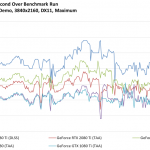
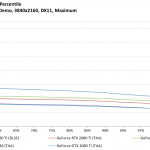
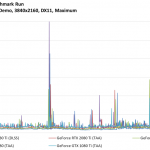
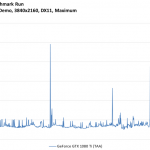
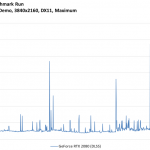
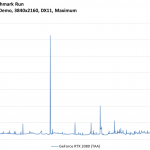
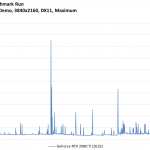
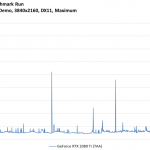
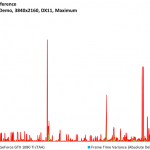
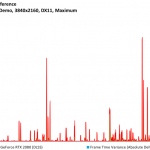
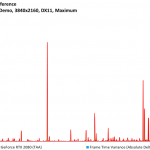
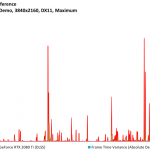
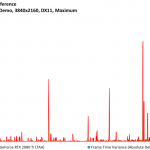
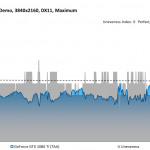
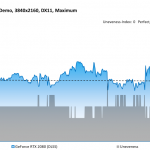
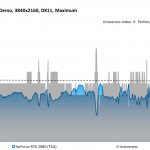
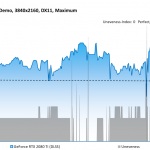
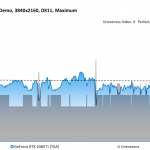
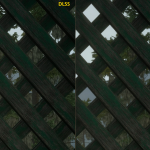
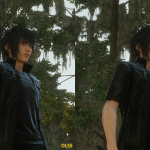
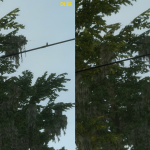
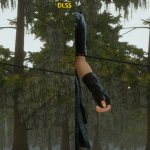
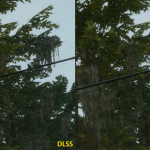

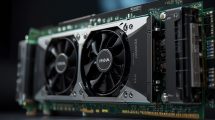
















Kommentieren